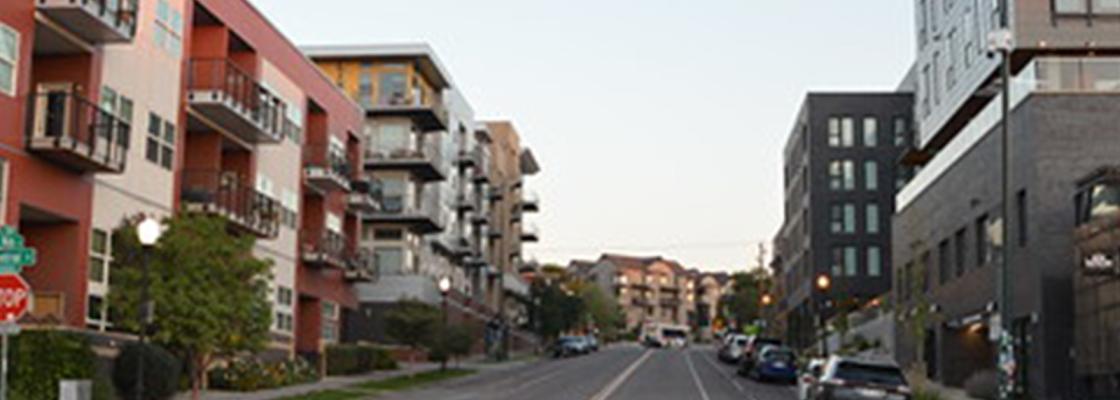
Building places for life and work
Through their aspirational vision established in Metro Vision, the Denver region's cities, towns and counties are shaping a future where connected urban centers and multimodal corridors throughout the region accommodate a growing share of the region’s housing and employment.
Through Metro Vision, local governments have collectively decided to direct a significant portion of growth and development to urban centers to reduce greenhouse gas emissions, improve community livability, enhance economic vitality and focus a portion of the region’s limited transportation funding in areas with potential for the greatest local and regional impact.
What are urban centers? What do they do?
While each urban center is unique, all urban centers will:
- Be active, pedestrian-, bicycle- and transit-friendly places that are more dense and have multiple uses than surrounding areas.
- Allow people of all ages and incomes to access a range of housing, employment and service opportunities without sole reliance on driving.
- Promote regional sustainability by reducing per capita daily vehicle miles traveled, air pollution, greenhouse gas emissions and water consumption.
- Respect and support existing neighborhoods.
Some urban centers already exist but continue to evolve. Other urban centers are only just now beginning to develop. Still other urban centers exist only as local plans.
Connected urban centers throughout the region
There are 105 urban centers in the Denver region. Together, urban centers account for a tenth of the region’s housing supply and more than a third of the region’s jobs.
